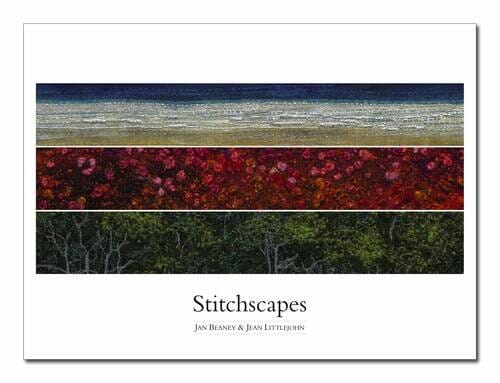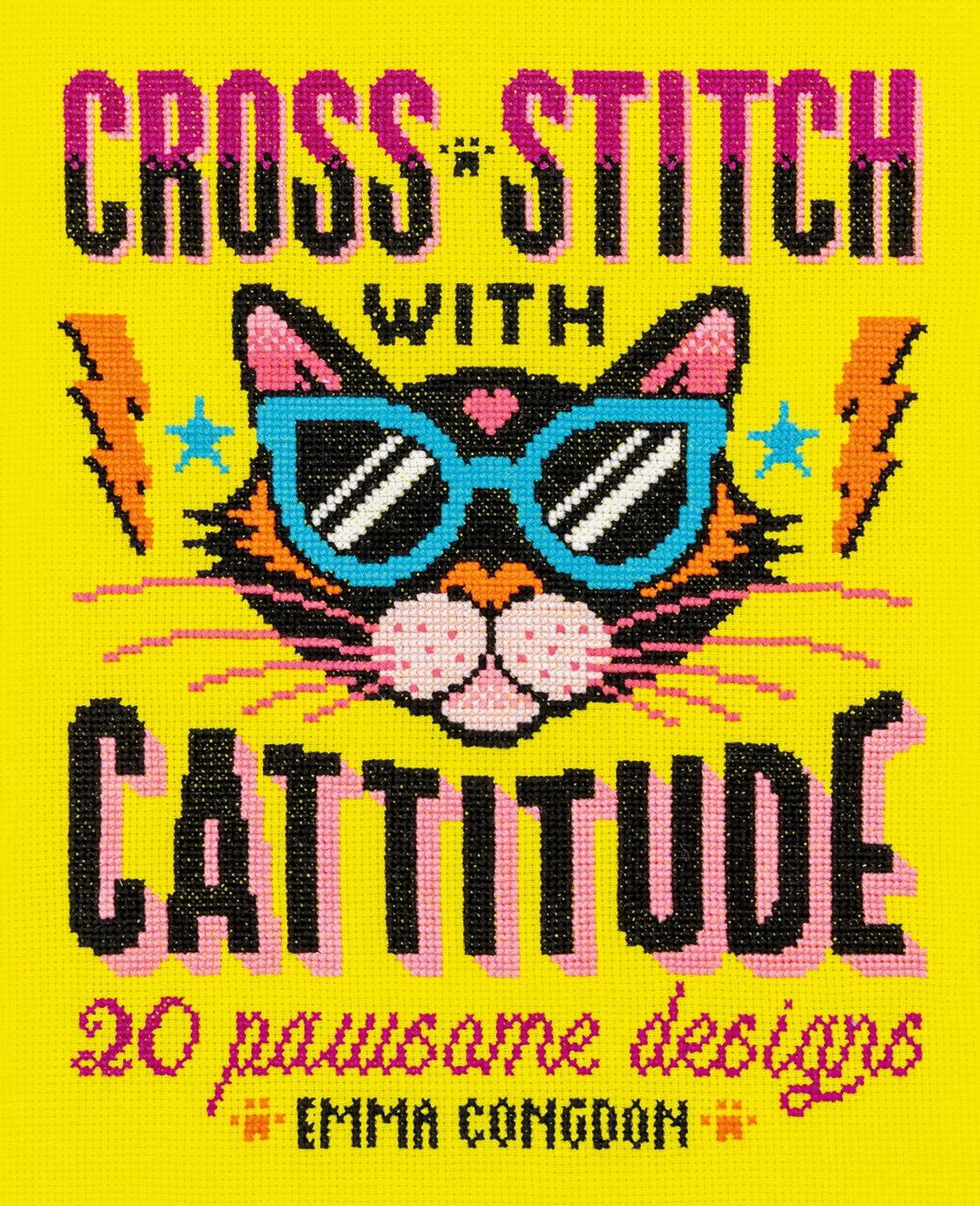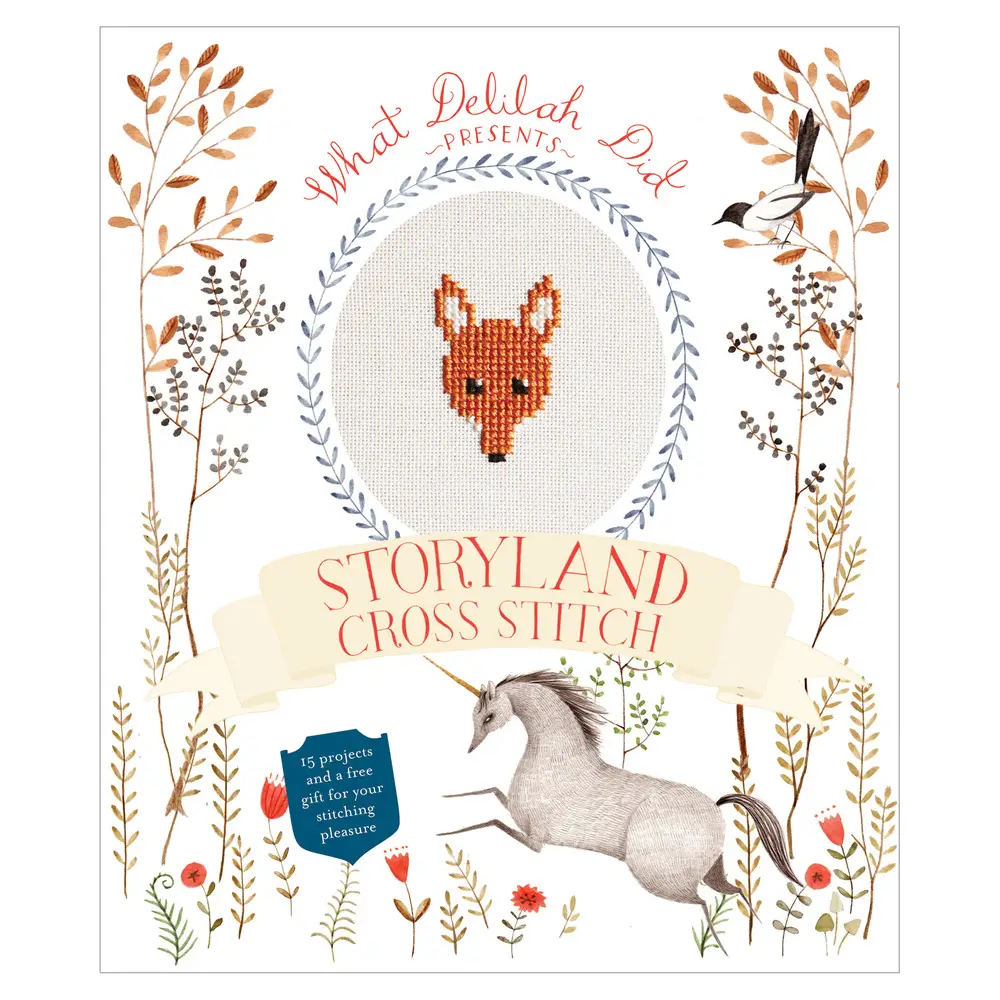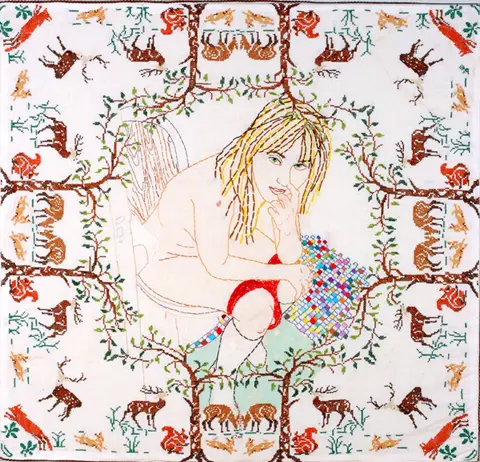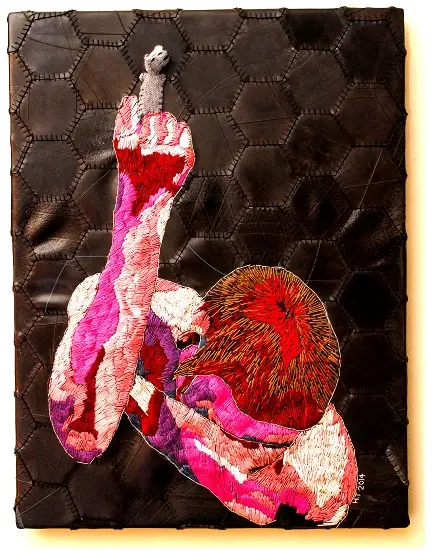
At Mr X Stitch we love to review textile art and embroidery books for you. There are so many great books to discover, packed with needlework inspiration and textile techniques, so we dive into each book to find out what’s good, what’s bad and let you know why you should pick it up.
Stitchscapes by Jan Beaney and Jean Littlejohn is published by Double Trouble Enterprises
Introduction
Okay, so what is a ‘Stitchscape’? Imagine all those lovely photographs you see of the countryside or the sea….now imagine a stitched version…yup, you got it!
Who is it aimed at?
Those with a keen eye for colour, maybe even those who have photography as a hobby or paint. This could be a new idea for anyone to try.
About the artist
Jan Beaney and Jean Littlejohn work together to teach, co-write and exhibit their artwork. Often seen at The Knitting and Stitching Shows, you may be aware of their work already.
Content
Stitchscapes is divided into certain genres we all like to take notice of. What’s your favourite to notice, the sky, the sea, a garden?
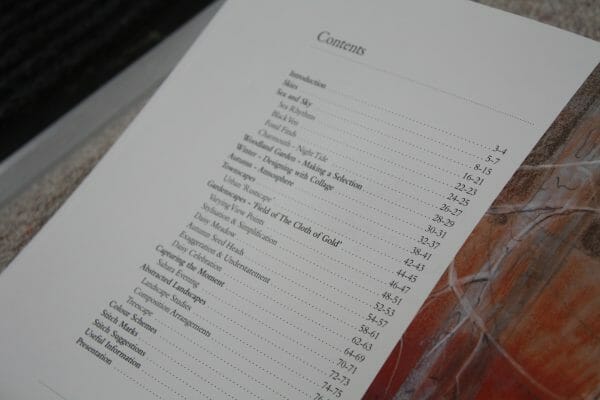
Its not all just images of stitches. The artists let us in to what inspires them, the photographs they use to create their art:
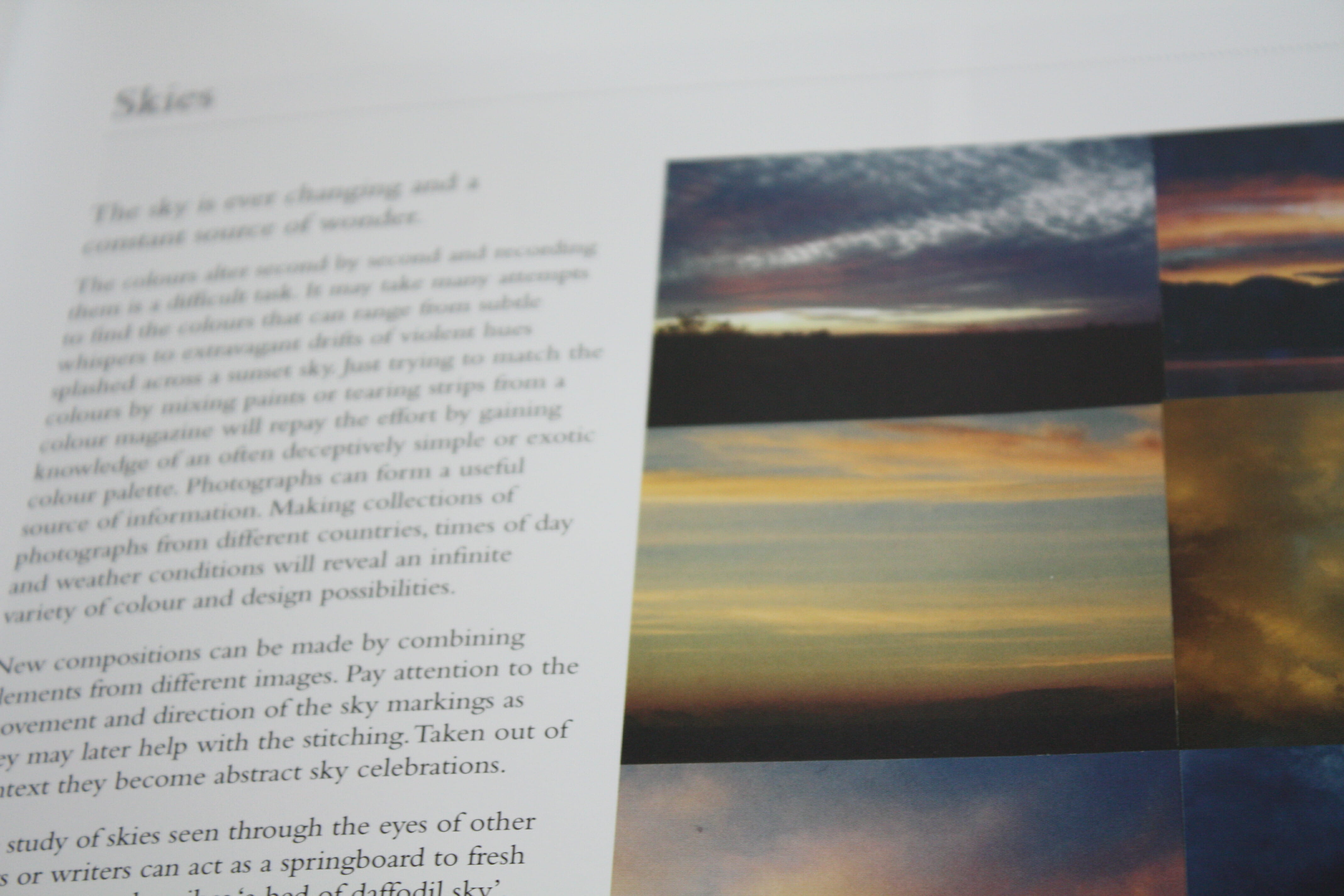
Throughout the book, we get little helpful snippets of information. For those who don’t regularly draw or paint, there are plenty of diagrams to work from:
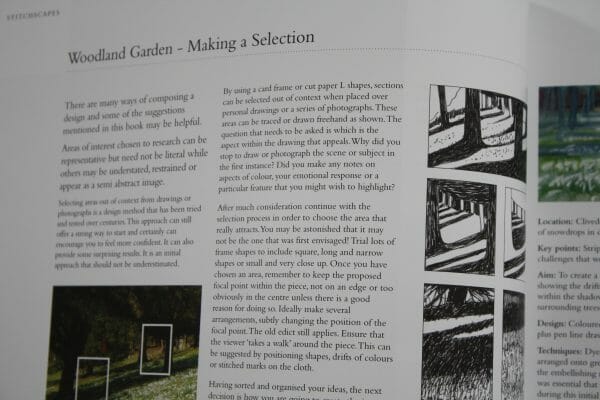
What makes it special?
As the book is published with the artists in control, they don’t have a certain layout or style to adhere to. Thus they have the artistic licence and can really tailor it to their own personal taste. This makes it a more personal publication.
The colours are sublime throughout and really show off nature to its best:
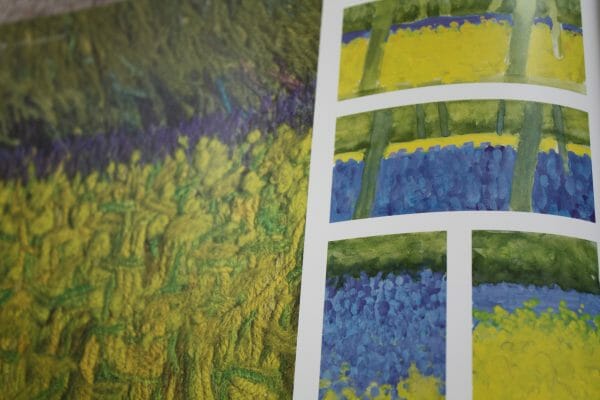
Photography
Personally we love the mix of really large images showing the ‘Paint to Stitch’ journey….
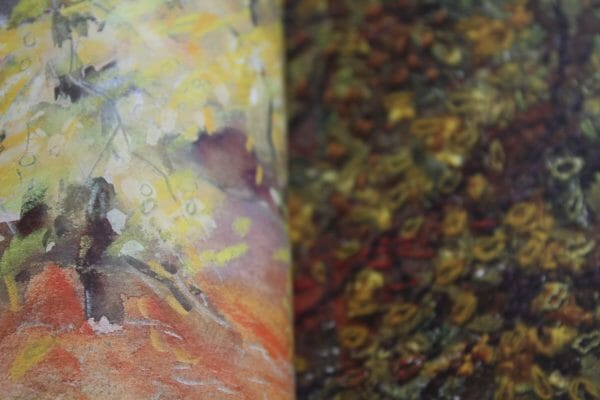
The stitches explored are not complicated and many are intuitive, led by the background, which is often painted fabric…. so there is another skill you can try, why not paint your basic white fabric, adding a personal feel?
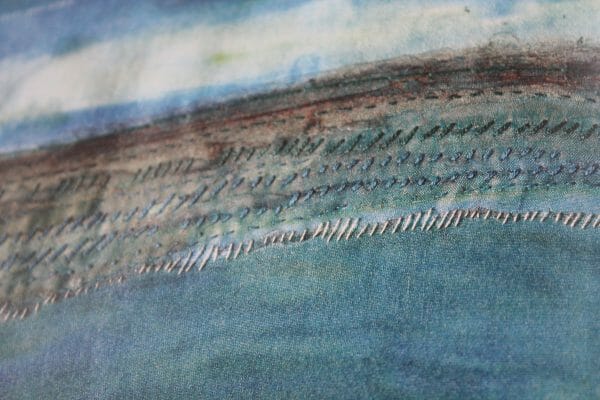
What is wrong with the book?
Stitchscapes is printed and bound beautifully, with a durable soft cover so there is very little not to like. It is clear that the authors are experienced in producing engaging Textile art books as the standard of the whole production is very high. If you prefer a hard back standard book, then the style may not fit your hopes. However we loved the landscape layout, which fitted in well thematically too!
Conclusion

